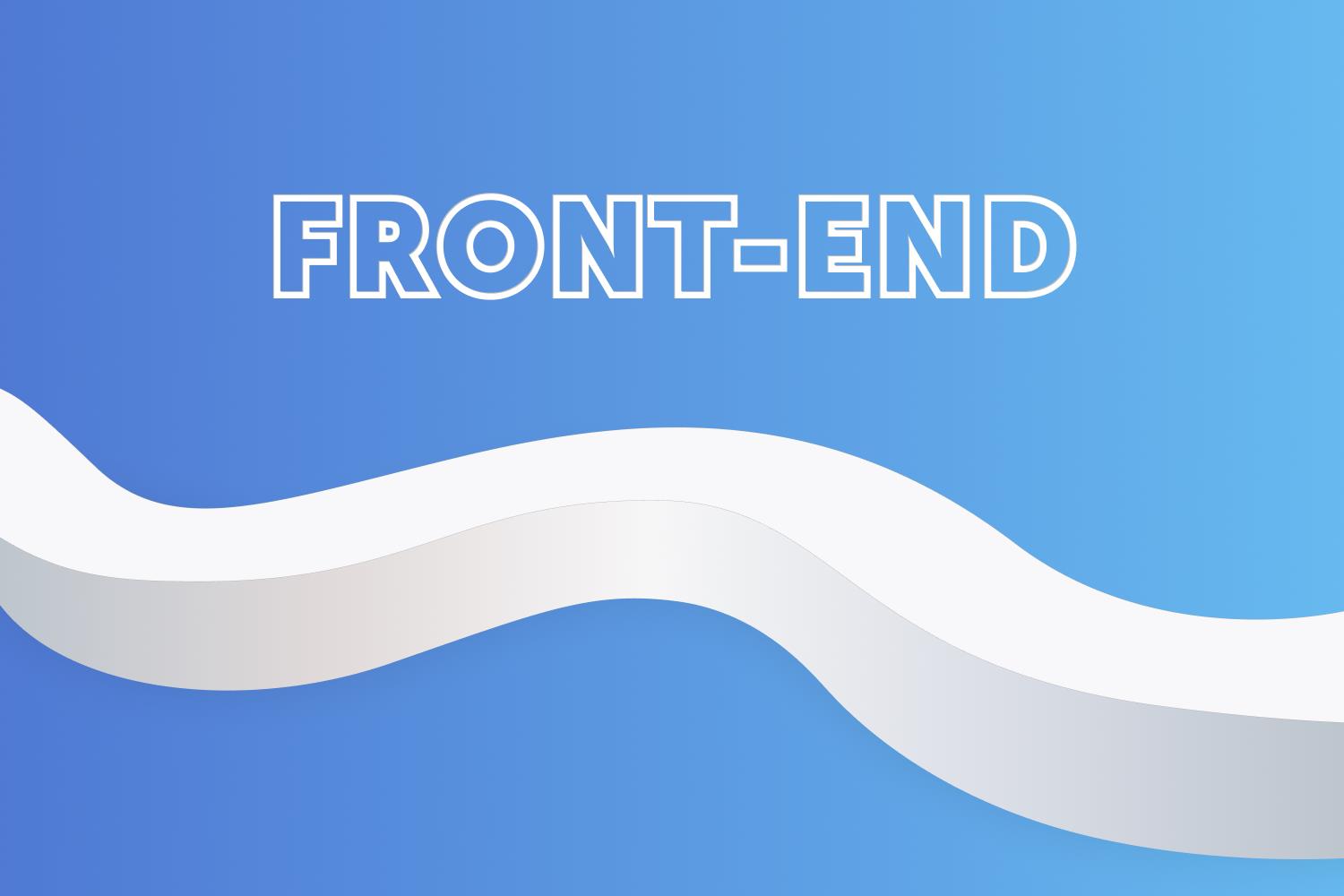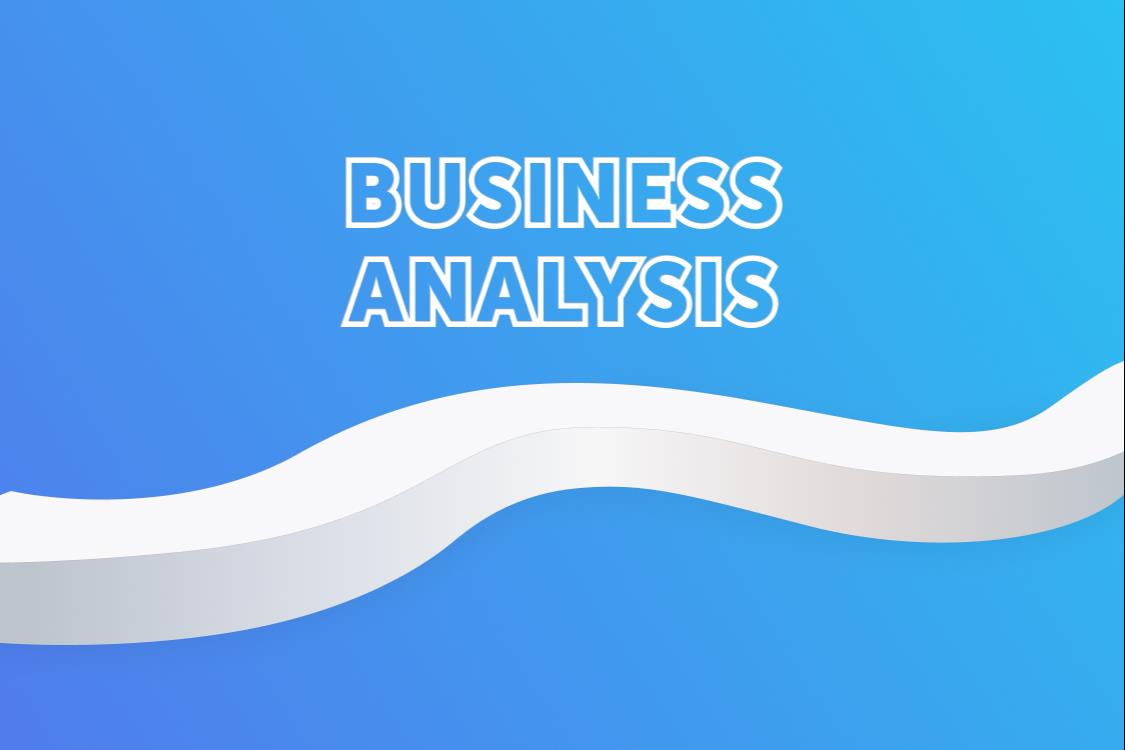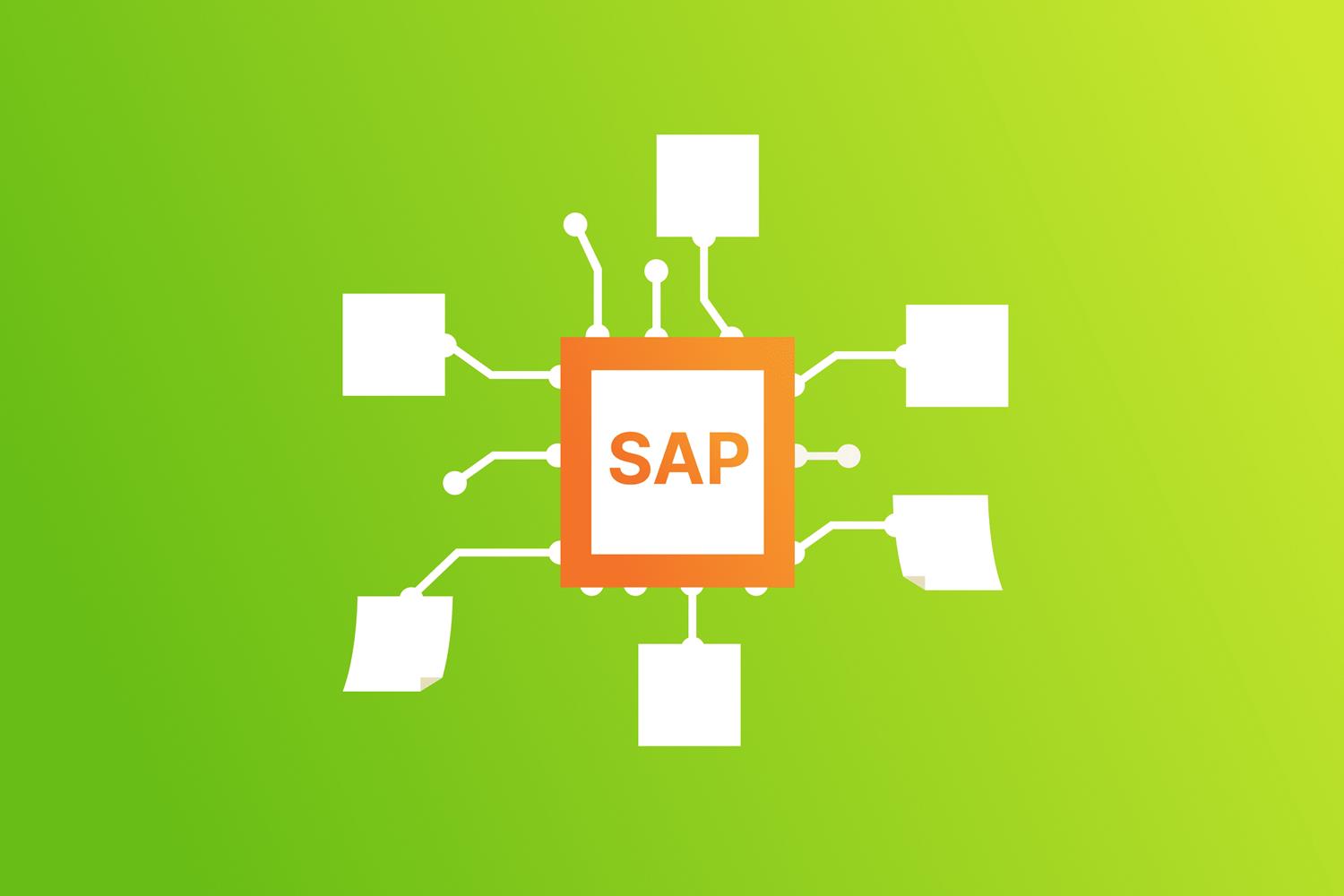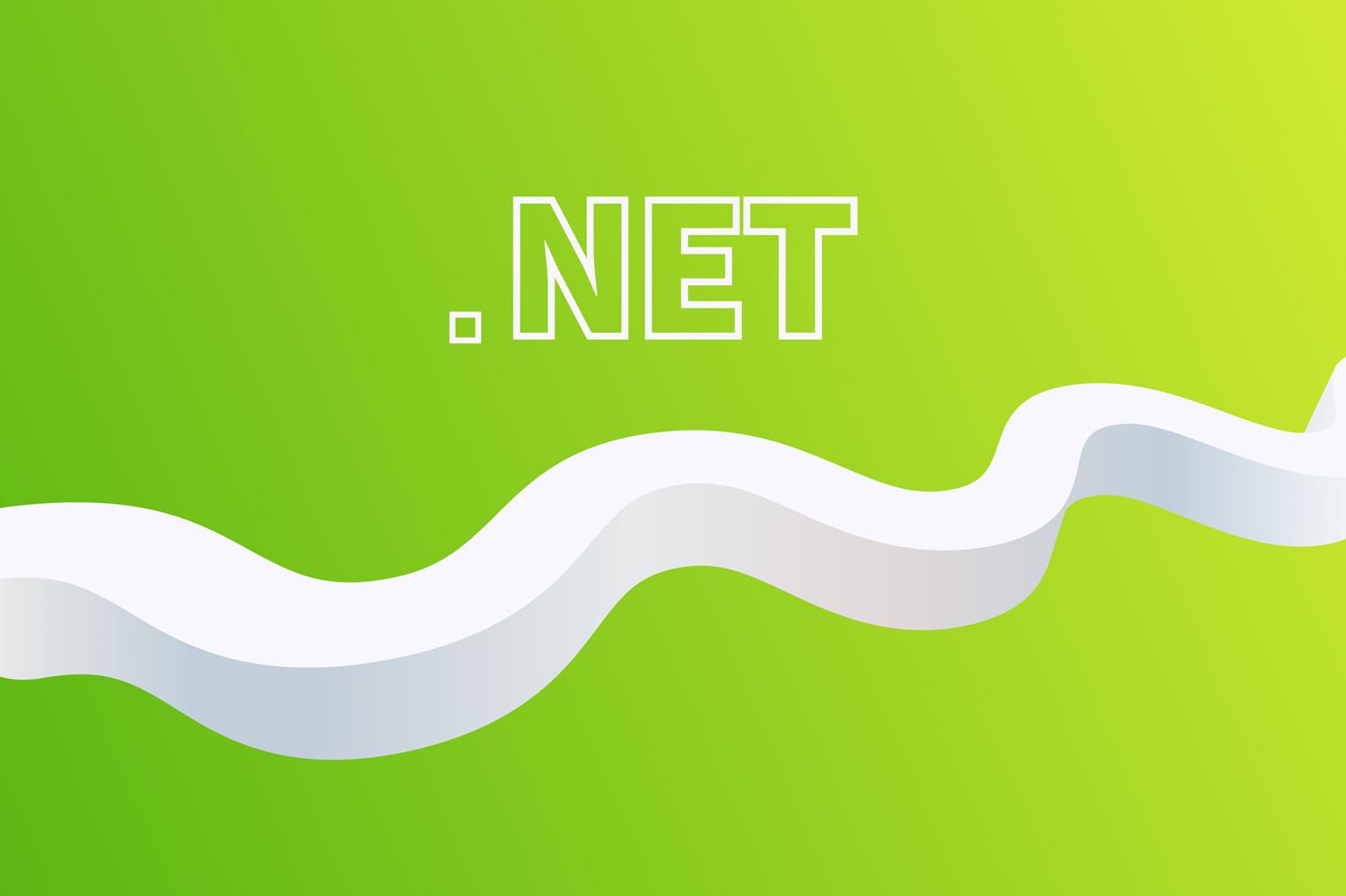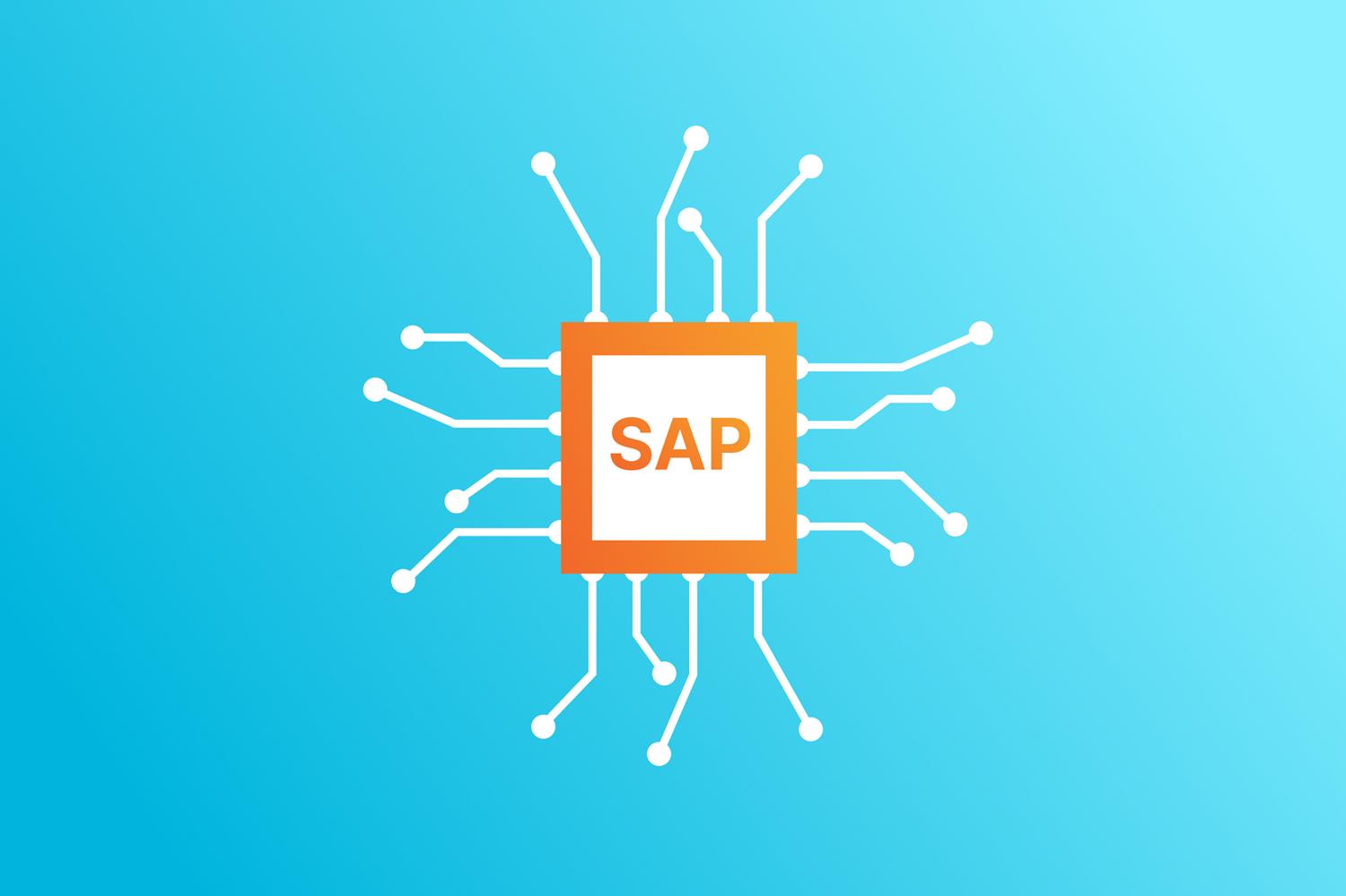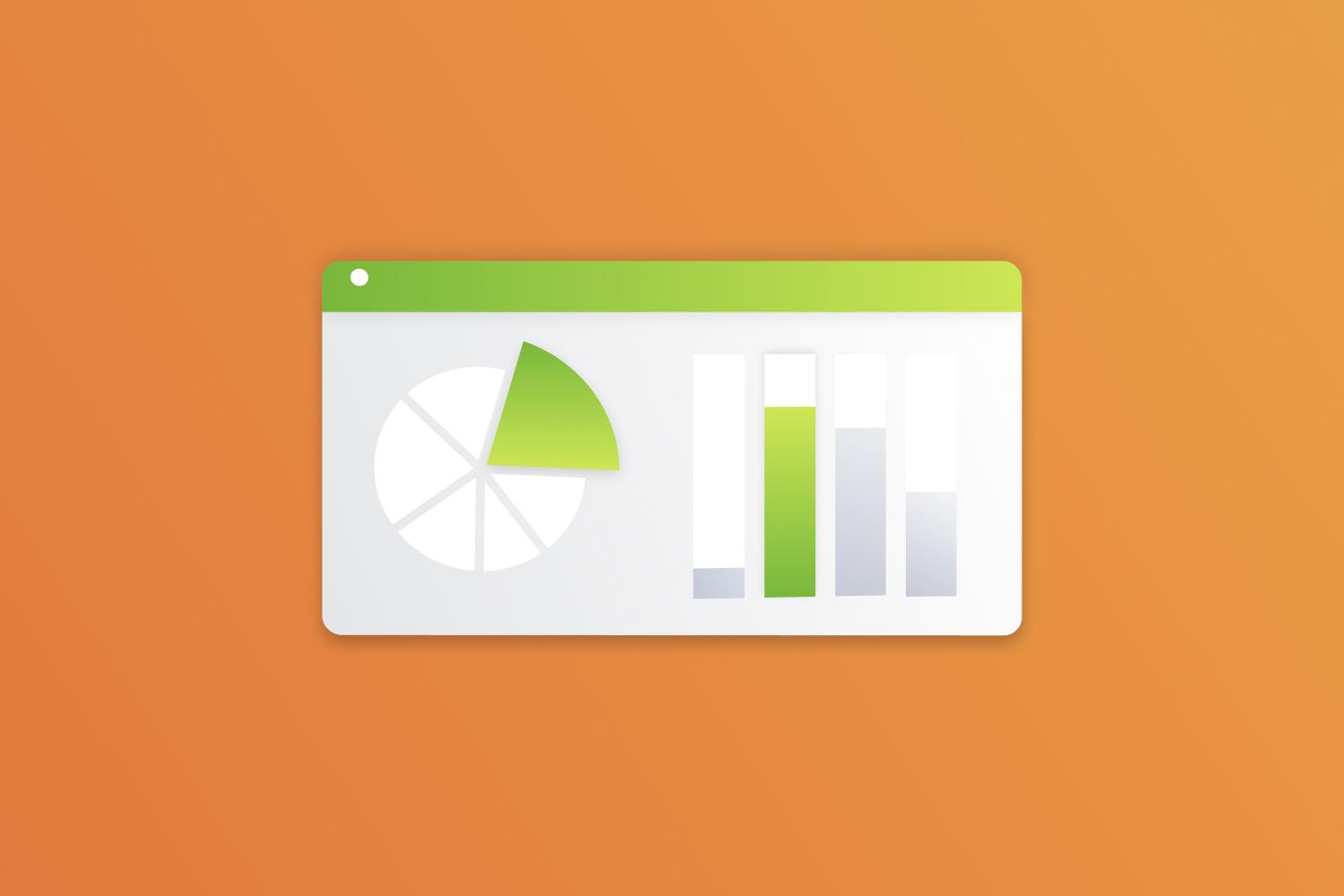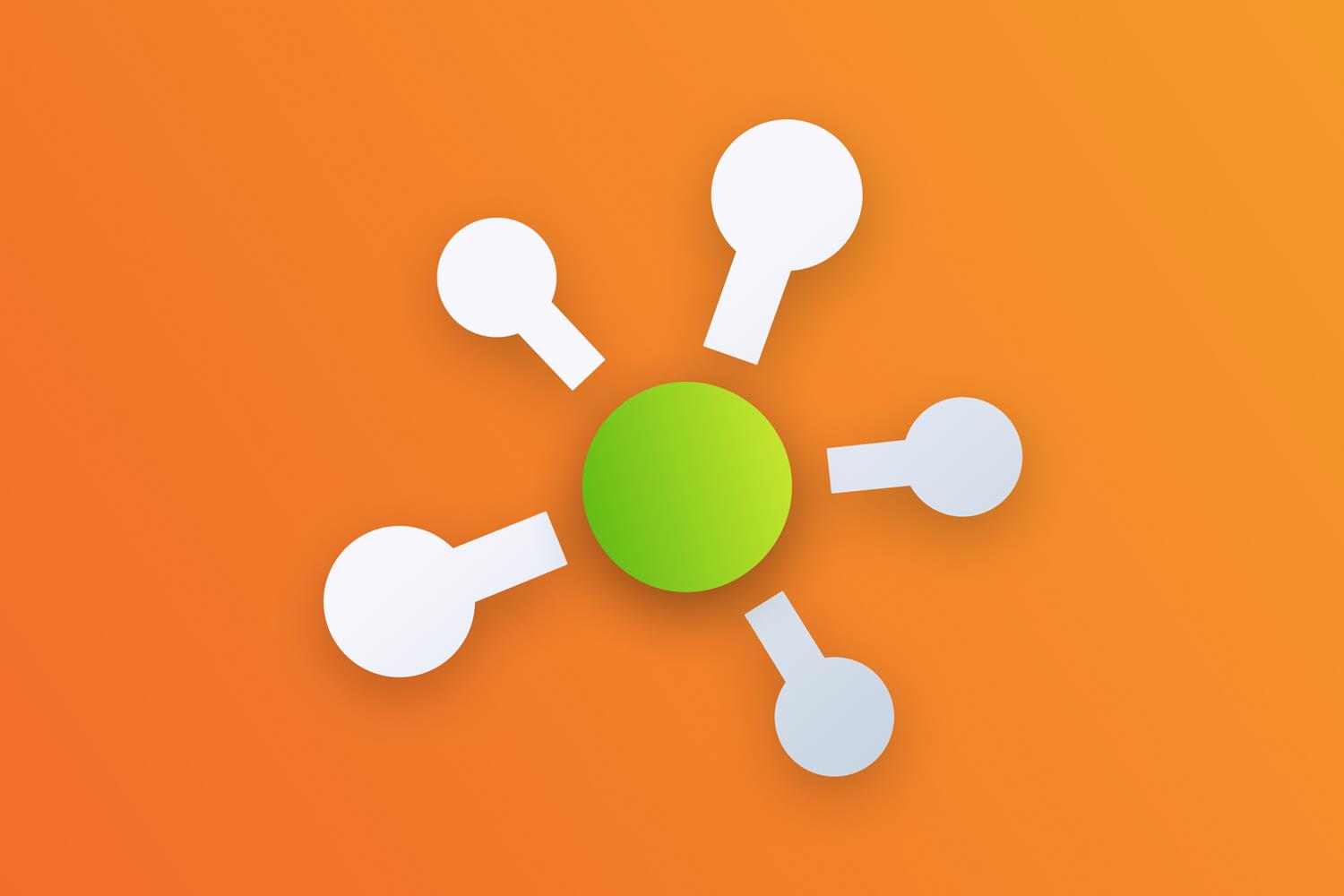There has long been a prevalent opinion that the entry barrier for front-end development is relatively low, making it a popular career choice for beginners in IT. However, the requirements for specialists have evolved with time, and now front-end developers must be equipped with a massive amount of knowledge, along with a diverse set of tools and skills.
So, where should beginners start? We asked Nataliia Fishchukova and Yurii Yevstafiiev, who have assisted driven novices in starting and progressing in front-end development for many years, to share their advice.
Since JavaScript is the primary language for front-end developers, we recommend that you bookmark The Modern JavaScript Tutorial and go through it step-by-step. This tutorial is also available in a score of other languages.
The next step in the chosen direction is a You Don't Know JS book series by Kyle Simpson consisting of six books, each covering the fundamental mechanisms of the JavaScript programming language. By the way, if you are already familiar with the basics of JS and want to expand your knowledge, we suggest you also take Kyle Simpson's 10-hour online course.
Once you have mastered the basics, proceed to read JavaScript: The Definitive Guide by David Flanagan. This book's main selling point is its comprehensiveness; the most recent edition encompasses the whole foundation of the language. Although the author's style may come off as a bit dry, he still manages to add humor at times. More importantly, he explains the subject matter so thoroughly that readers are left with no questions unanswered.
Next on the list of recommended reading is Marijn Haverbeke's Eloquent JavaScript. In addition to expounding the language's potential, the book includes a series of exercises designed to consolidate knowledge and put it into practice.
Have you been wondering how do closures work in JavaScript? Read this brief guide to get a better grasp of the subject.
Figuring out JavaScript tasks and microtasks? Heed the advice of experienced developer Jake Archibald.
Here's a little visualization to help you understand how the event loop and callback queue interact in JavaScript. Bonus: there is a sandbox for you to practice after watching the video.
If you are looking for tutorials on JS, including the language’s latest features, regularly visit the Free Code Camp, where you can practice writing code alongside learning the theory. For more materials on JavaScript, as well as HTML and CSS, check out W3Schools and MDN Web Docs, an open-source collaborative project that provides documentation and learning resources for developers by developers.
The following three books are not immediately related to JavaScript but are nevertheless a must-read for anyone hoping to become a proficient developer.
- Clean Code, Robert C. Martin
- The Linux Command Line, William E. Shotts
- 97 Things Every Programmer Should Know, Kevlin Henney
Keep in mind that the optimum recipe for mastering any programming language requires a balanced combination of theory and practice, so you must apply your newly acquired skills to training projects. If something doesn't work out, you can turn to the community for help. For example, visit Stack Overflow, a Q&A site for developers, where you can find answers to most questions.
Also, remember that the first language an IT specialist should learn is English, not JS, Python, or C#. Make sure you work on your English whenever you have spare time. Take advantage of our list of English levels & materials for learners (A1-C1) | training.epam.com organized by level, from A1 to C1.
If you're interested in JavaScript and wish to work as a Front-End developer for a major, global IT company, check out the opportunities for Front-End Juniors at EPAM Campus.


